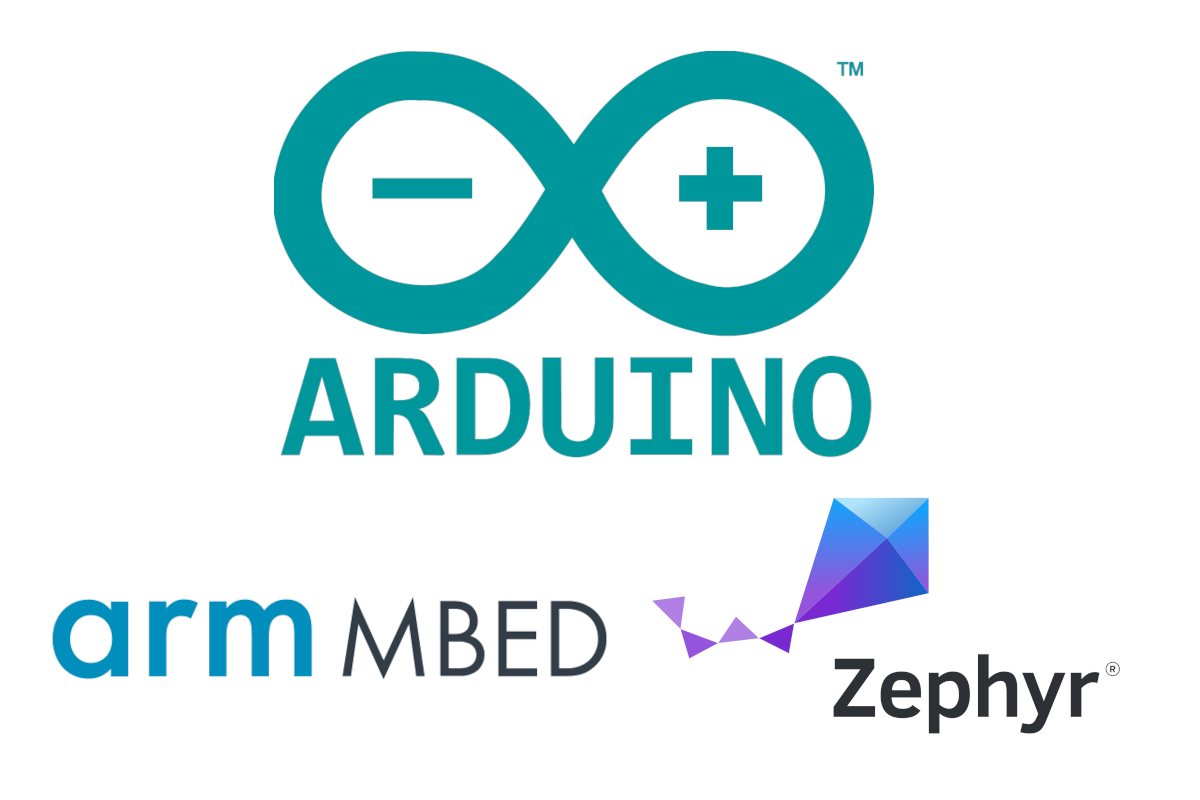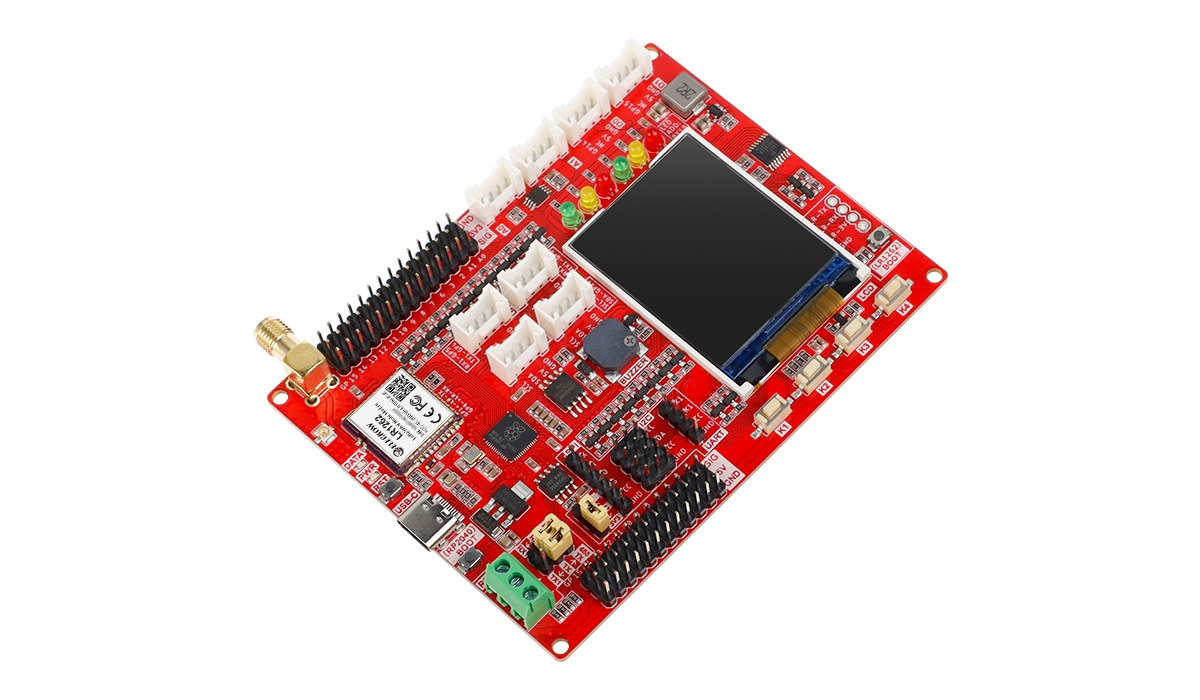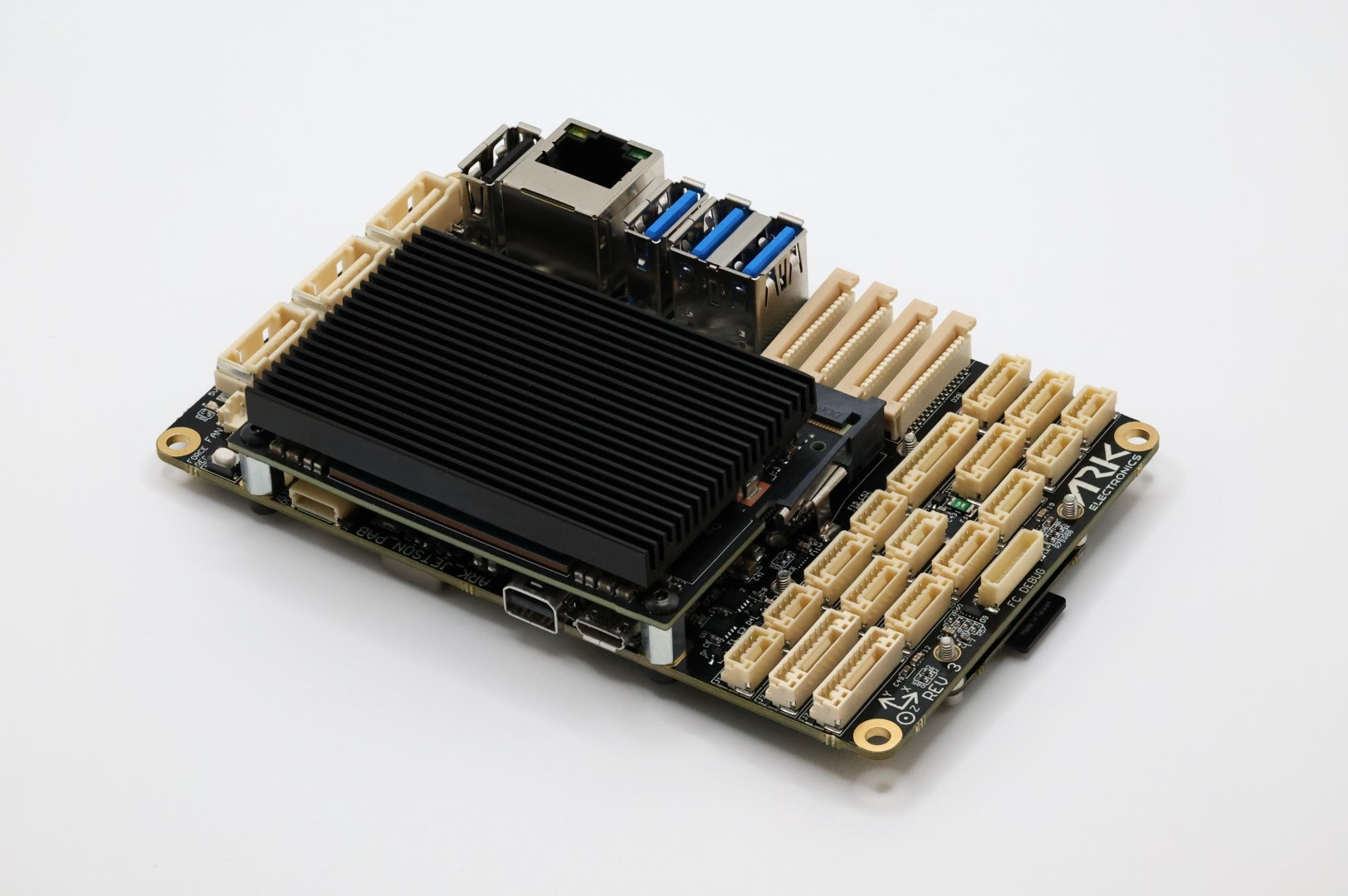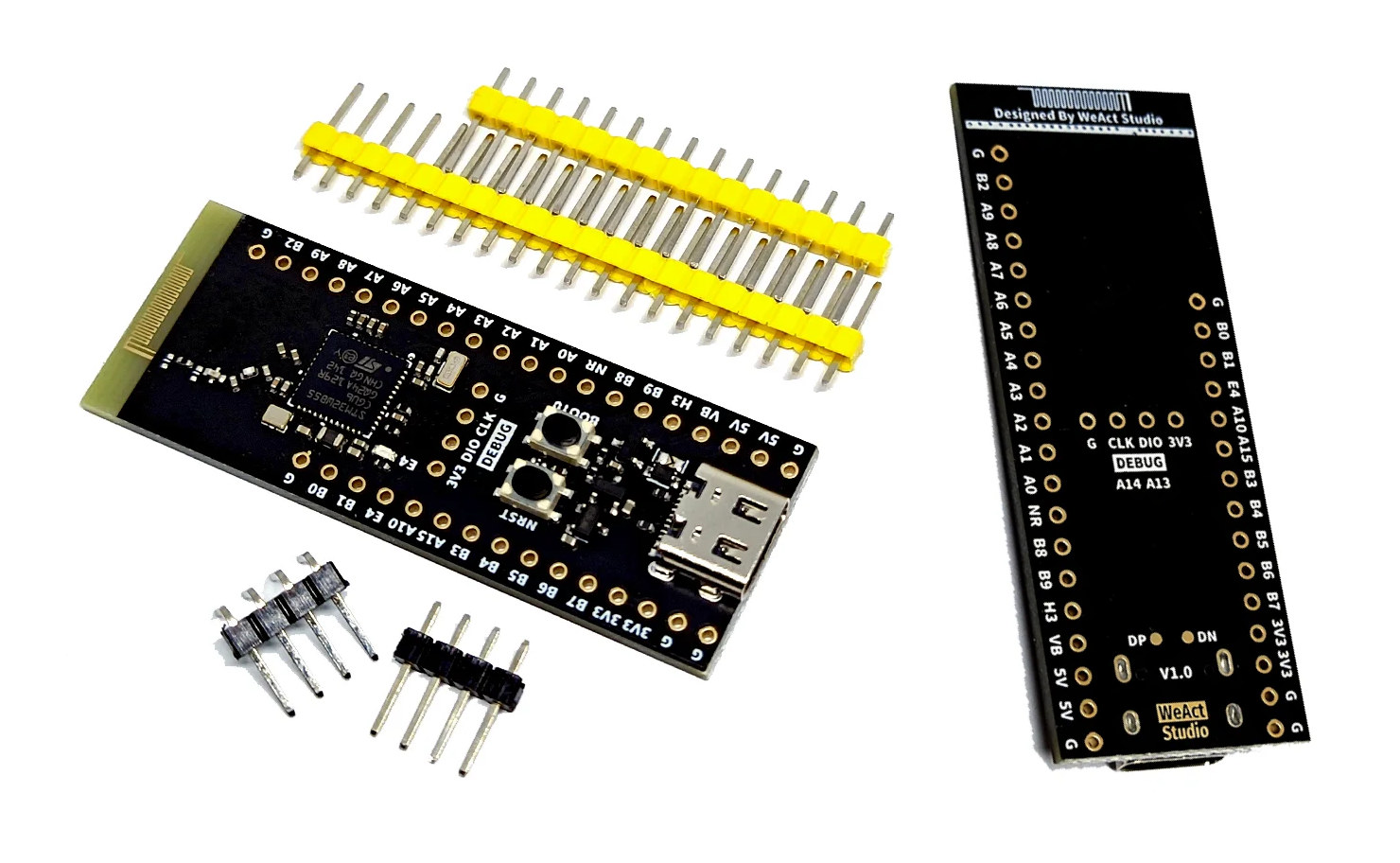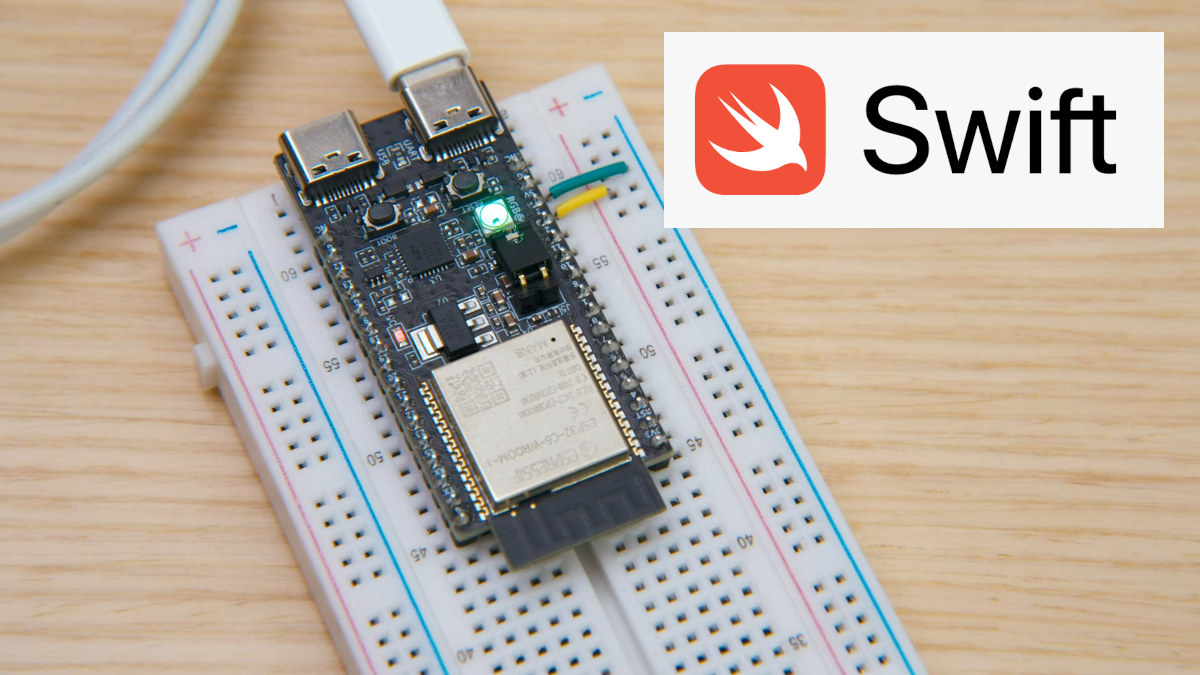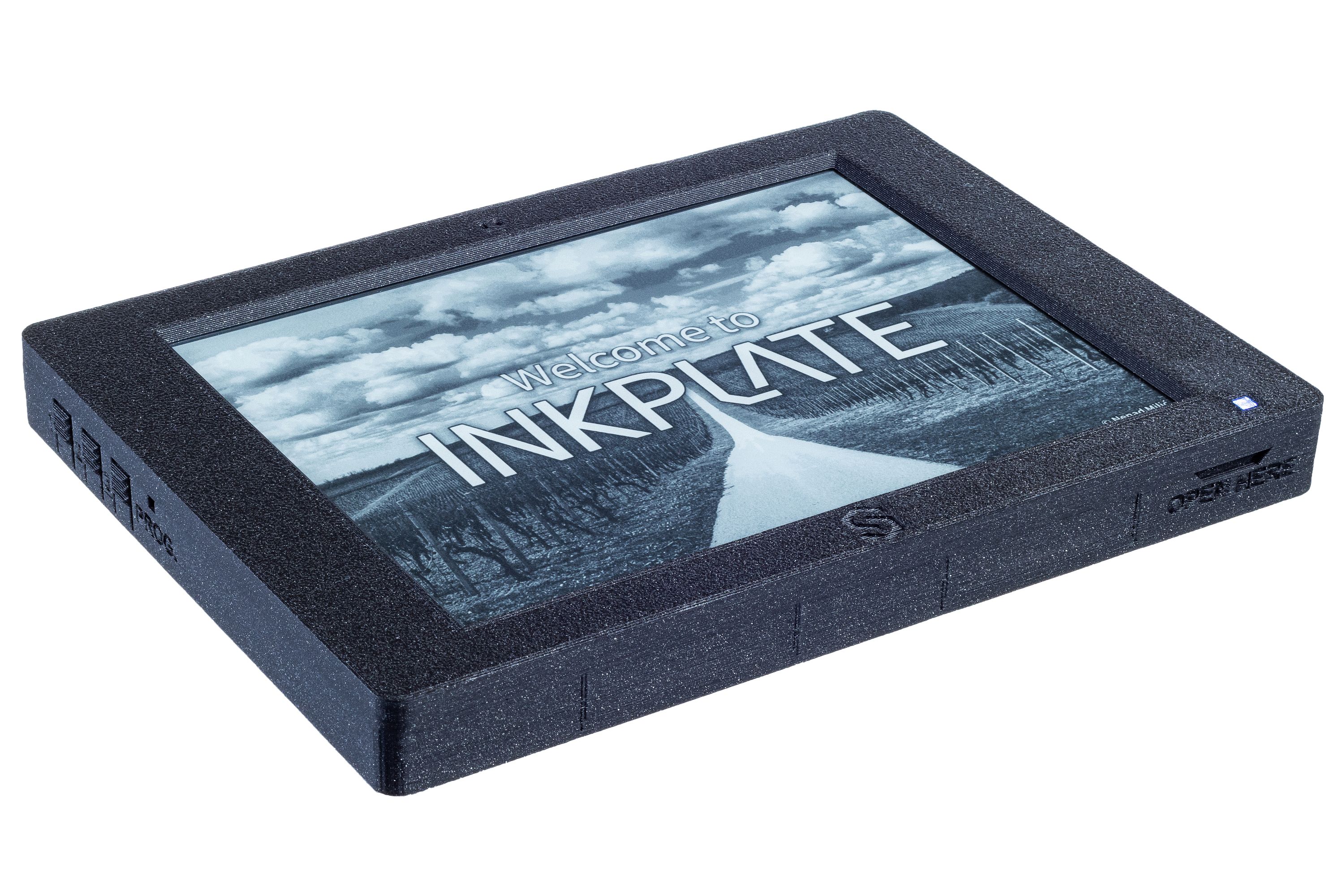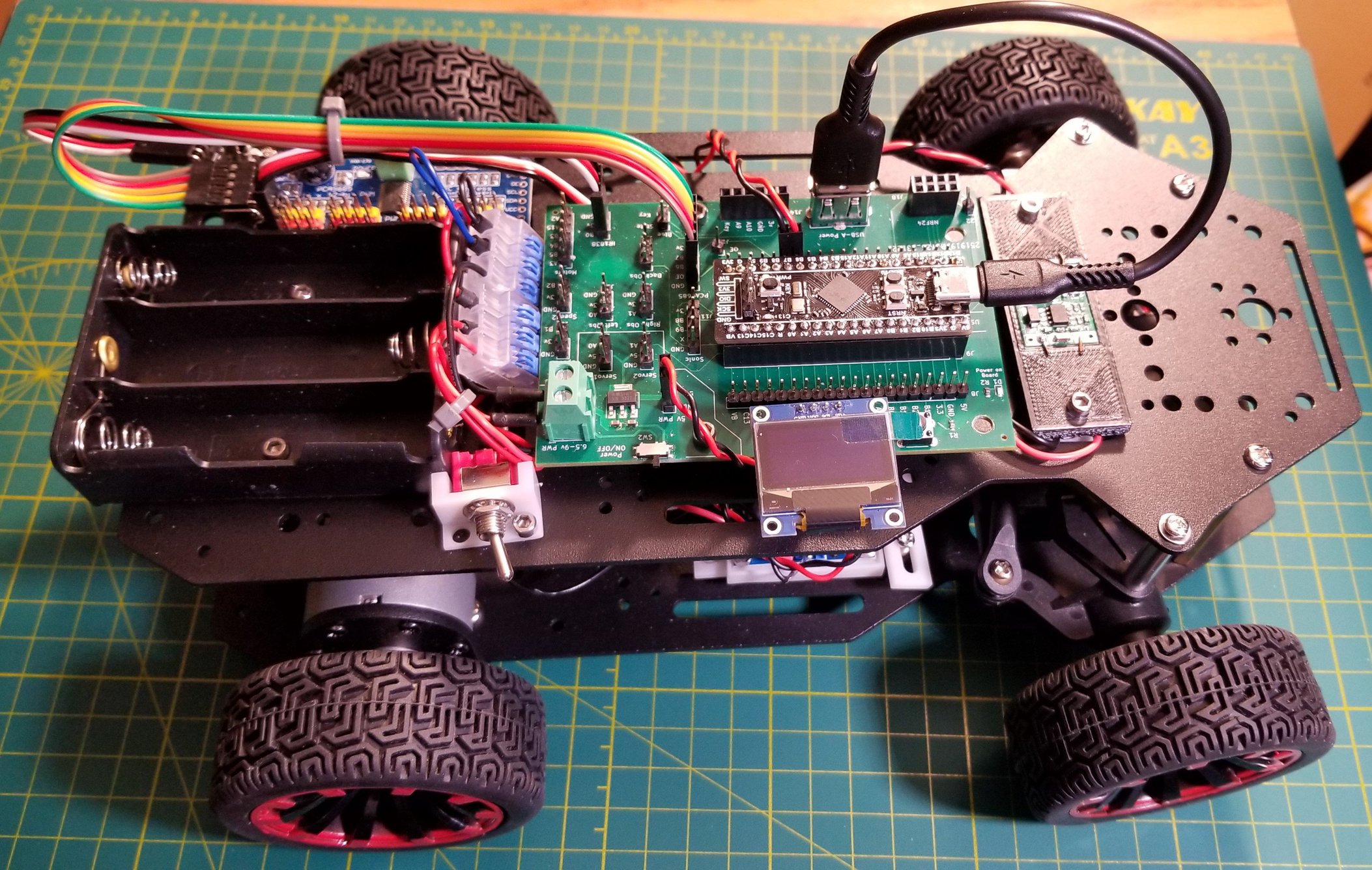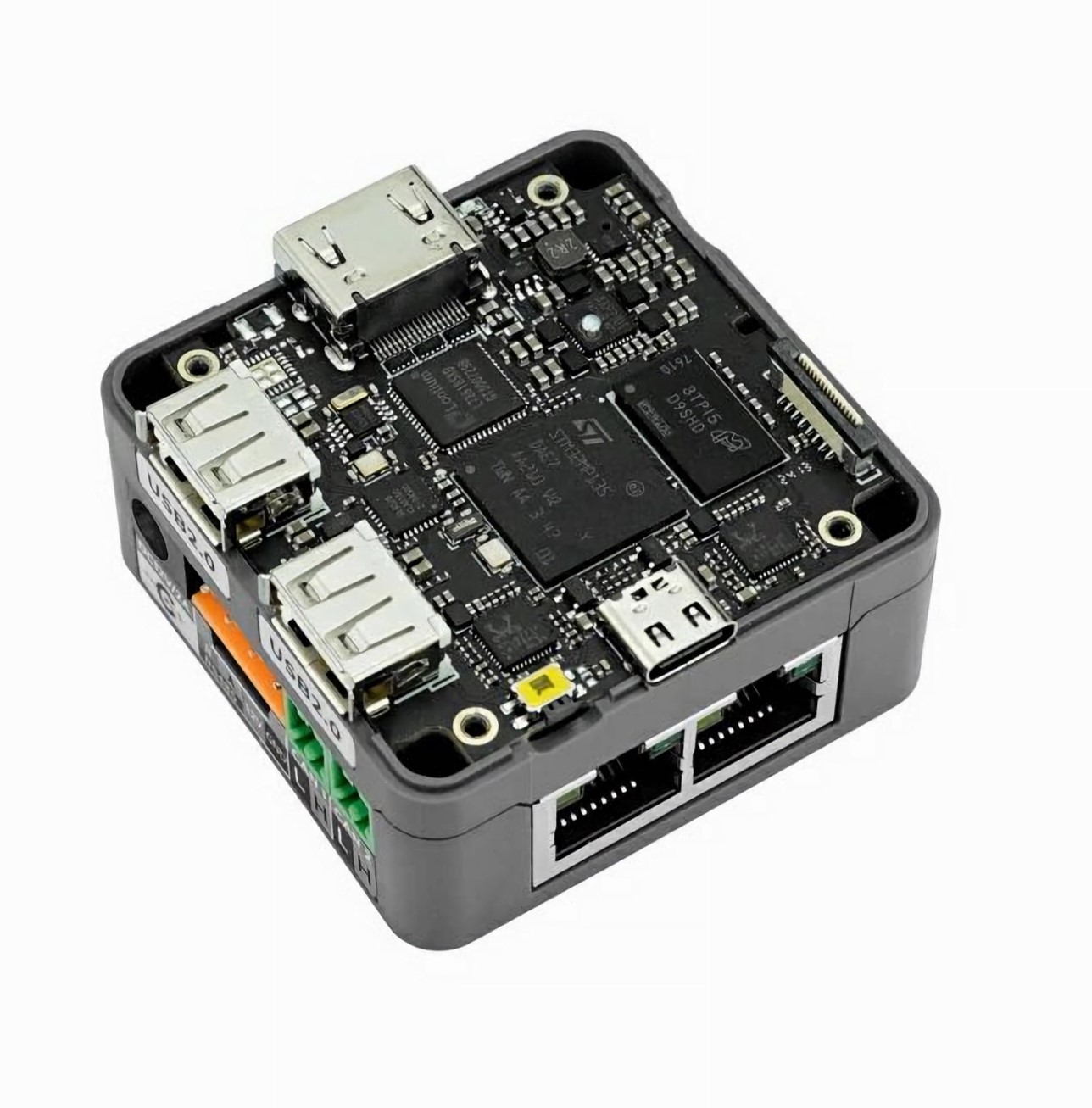Following Arm’s decision to stop supporting Mbed from July 2026 onwards, Arduino has now decided to use Zephyr RTOS instead of Arm Mbed for Arduino boards that rely on the latter including Arduino GIGA, Arduino Nano 33 BLE, Arduino Nano RP2040 Connect, as well as Arduino PRO boards/solutions such as the Portenta, Nicla, and Opta families. Note that Arduino UNO, MKR, and Nano families are not impacted by the change since their Arduino Core implementation does not rely on Mbed. The change is not going to happen overnight as software development takes time, and Arduino plans to release the first beta based on ZephyrOS by the end of 2024. and a rollout for various boards starting in 2025 long before Arm Mbed is phased out for good. Arduino is not new to the Zephyr project as the company became a Silver member last year, and they were aware that Arm […]
Elecrow LR1262 development board combines Raspberry Pi RP2040, SX1262 LoRaWAN module, and 1.8-inch LCD
Elecrow LR1262 development board combines a Raspberry Pi RP2040 microcontroller with the company’s LR1262 LoRaWAN module based on STM32WL LoRa SoC with support for 868 and 915 MHz frequency bands, and a 1.8-inch LCD. The board also offers an RS485 terminal block to connect sensors and actuators, plenty of connectors and headers for further expansion, several buttons for user control, and LEDs for debugging/monitoring. Elecrow LR1262 development board specifications: MCU – Raspberry Pi RP2040 dual-core Arm Cortex-M0+ @ 133MHz built-in 264KB SRAM Storage – 4MB flash Display – 1.8-inch 128×160 TFT LCD using ST7735S 4-wire SPI driver Wireless – Elecrow LR1262 LoRaWAN module MCU – STMicro STM32WLE5CCU6 Arm Cortex-M4 32-bit, 256 KB Flash, 64KB RAM RF transceiver – Semtech LX1262 Frequency band – 150 MHz to 930 MHz (Note: the board itself is advertised as supporting 803MHz to 930MHz: IN865, EU868, AU915, US915, KR920, RU864, and AS923) LoRaWAN protocol – […]
NDAA-compliant NVIDIA Jetson Orin NX and Nano bundles target drones
ARK Electronics has recently introduced NDAA-complaint NVIDIA Jetson Orin NX and Nano bundles designed for drones with the company’s Jetson PAB (Pixhawk Autopilot Bus) carrier board, an ARKV6X flight controller, and an SSD preloaded with NVIDIA Jetpack and the ARK UI. I’ve come across the board following a post on X pointing to an article on Tom’s Hardware about the US passing a bill called “Countering CCP Drones Act” that would effectively ban DJI drones in the US. DJI is supposed to have a 90% market share of the U.S. hobby market, a 70% market share of the industrial market, and an over 80% market share of the first responder market, so not everybody will be happy if the bill passes in the senate and becomes enacted by the US president. But US companies making NDAA-compliant hardware and drones may bit mind, and that’s how I discovered ARK Electronics NVIDIA […]
$3.40 WeAct STM32WB55 board offers Bluetooth LE 5.4 and 802.15.4 (Thread/Zigbee/Matter) connectivity
WeAct STM32WB55 is an inexpensive development board based on STMicro STM32WB55 Arm Cortex-M4 wireless SoC with Bluetooth LE 5.4 and an 802.15.4 radio for Zigbee, Thread, and Matter connectivity that sells for just $3.40 shipped. STMicro STM32WB55 wireless microcontroller was introduced in 2019, and we have covered a few development boards such as the official P-Nucleo-WB55 development pack, the STM32WB-Feather board, and the MRK-SharkyPro following the Arduino MRK form factor. All those boards would go for about $40, but thanks to China manufacturing and procurement “magic” and the cutting of a few features, the WeAct STM32WB55 board sells for just a fraction of the price making it even cheaper than the company’s ESP32-H2 board with similar connectivity options. WeAct STM32WB55 specifications: Wireless MCU – STMicro STM32WB55CGU6 CPU Arm Cortex-M4 application core @ 64 MHz Arm Cortex-M0+ Bluetooth co-processor @ 32 MHz Memory – 256 KB of SRAM Storage – 1 […]
Apple’s Embedded Swift programming language supports ESP32-C6, Raspberry Pi RP2040, STM32F7, nRF52840 microcontrollers
Apple has released a beta version of Embedded Swift that notably works with Espressif ESP32-C6 wireless RISC-V microcontroller, and the company also built a Matter sample based on ESP-IDF and ESP-Matter SDKs. Embedded Swift is not limited to the ESP32-C6 and supports other microcontrollers from STMicro, Raspberry Pi, Nordic Semi, etc… Apple Swift programming language is mostly designed for mobile app development, but we’ve also seen it being used on Mad Machine’s SwiftIO board powered by a 600 MHz NXP i.MX RT1052 Arm Cortex-M7 crossover processor and the tiny SwiftIO Micro launched a few years later. The company has now decided to create a subset of the Swift programming language better suited to microcontrollers simply called Embedded Swift that’s currently working on STMicro STM32F746, Raspberry Pi Pico, nRF52840, and ESP32-C6. The “Go small with Embedded Swift” presentation at WWDC 2024 shows how to get started with Embedded Swift using Espressif […]
Inkplate 6 MOTION STM32-powered wireless e-paper display offers higher resolution and faster refresh rates (Crowdfunding)
The Inkplate 6 MOTION is a new product from Soldered Electronics in their Inkplate series of wireless e-paper displays. It is a 6-inch e-paper display with a partial refresh rate of 11fps which reduces obvious latency in rendering dynamic content such as videos, animations, and scrolling text. The display is driven by an STMicroelectronics dual-core STM32H743 microcontroller, with an ESP32-C3 as a secondary processor. It features Wi-Fi and Bluetooth for networking and a host of peripheral interfaces for physical connectivity. It includes several sensors such as a rotary encoder for quick navigation, a gravitational accelerometer with a gyroscope for tracking device orientation, and a motion detection sensor. We covered the original Inkplate 6 display when it launched on Crowd Supply in 2019. The Inkplate 6 is much less expensive than the new model but has a lower screen resolution (800 x 600 px) and slower refresh rates (256ms). Furthermore, it […]
Easily build a robot car with the Car Base Board for the STM32F411 “Black Pill” board
The Car Base Board from Applying Microcontroller Solutions is a modular platform for building robot car projects powered by the WeAct Studio Black Pill development board. The Black Pill board is an upgrade to the “Blue Pill 2” board and features the STM32F411CEU6 microcontroller running at 100MHz with 512 KB of flash memory, 128 KB SRAM, and a USB Type-C port for power and programming. The Care Base Board printed circuit board is a base controller that takes hardware expansions such as wireless modules, servos, and sensors to monitor and control a robot car. The onboard headers provide a straightforward way to wire these connections and help prevent a tangled mess (rat’s nest) of wires. The PCB’s design makes it easy to use widely-available, “generic” devices and boards in development and to power all of them with batteries. It also allows the developer to select their favorite wireless communication device. […]
M5Stack CoreMP135 – A Linux-powered industrial controller based on STM32MP135 Cortex-A7 MPU
M5Stack CoreMP135 is an industrial control host powered by the STM32MP135DAE7 Arm Cortex-A7 core microprocessor running at 1GHz, equipped with up to 512MB DDR3L SDRAM memory, and loaded with high-performance interfaces such as two Gigabit Ethernet ports, three USB ports, two CAN FD interfaces, two Grove interfaces, and an “HD” video output. An integrated PWR485 communication board bundles a 9V to 24V power input and an RS485 interface. The device also features a microSD card slot for storage, a small IPS capacitive touch screen, and a 1W speaker for human-machine interaction. The CoreMP135 is designed for low-power consumption and uses an Allwinner AXP2101 chip for power management. It supports scheduled wake-up and sleep with an integrated real-time clock (BM8563 module). The device runs Linux and comes with a microSD card loaded with the Debian operating system, simplifying setup and allowing usage out of the box. A DIN rail base plate […]


